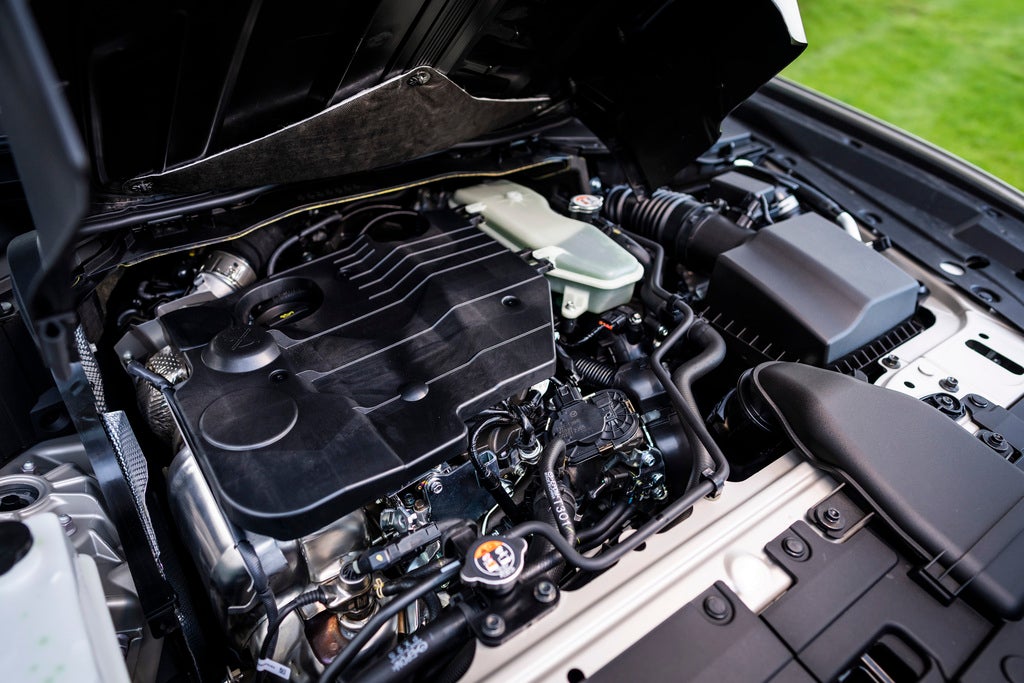 West
West
European car demand is now stabilising,
after the declines of the first four months.
That is the conclusion suggested by the
June data so far available, taken in conjunction
with the final May data. These show two
consecutive monthly rises in the seasonally
adjusted annualised selling rate (SAAR).
The June increase was quite small, but for
the present demand seems to be bottoming
out at a selling rate of just under 14.4
mn units/year, which is pretty close to
the average for the first half-year as a
whole.
June
had one more Sunday this year than last,
making the year-on-year comparison look
unfavourable. Perhaps half of the decline
of over 8% compared to last year can be
attributed to this calendar effect.
The
German numbers contain enough hints of improvement
to keep alive hopes of the long-delayed
upturn in sales there. But the Italian and
Spanish numbers confirm the poor performance
of those markets. Meanwhile French sales
were decidedly better than last month’s
disappointing results, though the trend
is still gently downwards. The UK continues
to return towards a lower and more sustainable
selling rate.
The
reports of year-on-year declines that have
been reported for June sales were in, or
near to, double-digits in many countries.
This fact has been provoking nervous palpitations
in financial markets that are currently
disposed to interpret all news as bad news.
The art of seasonal and calendar adjustment
of European car sales figures is perhaps
no more scientific than the art of deciding
whether expenses should be booked as investment
or as recurrent costs, but at least we in
J.D. Power-LMC have nothing to gain from
misrepresenting the results. And what these
results indicate to us, is more a source
of reassurance than of alarm. With half
the year gone, the selling rate has averaged
14.4 mn in the past six months, a decline
of 4.2% on last year’s outcome. The five
month moving average that we plot as the
trend is still centred around the depressing
April result, and therefore still pointing
downwards, but the May and June results
both showed an improvement.
How well do you really know your competitors?
Access the most comprehensive Company Profiles on the market, powered by GlobalData. Save hours of research. Gain competitive edge.

Thank you!
Your download email will arrive shortly
Not ready to buy yet? Download a free sample
We are confident about the unique quality of our Company Profiles. However, we want you to make the most beneficial decision for your business, so we offer a free sample that you can download by submitting the below form
By GlobalDataIf
we focus on total light vehicles, as opposed
to total cars, the strategic picture is
still unchanged, though the cumulative year-on-year
decline comes out a little higher, at 4.7%
rather than 4.6%. Broadening the geographical
scope to include the EU-applicant countries
pushes the cumulative decline up to 5%.
The
chart below shows total West European sales.
The squares represent the total number of
cars sold in a year, while the hollow dots
represent the selling rate in individual
months, and the continuous line represents
a moving average of these. We indicate the
latest two months. The most recent numbers
underlying this chart are appended in the
table at the end of this note.

There
is always room for error in estimating German
sales until the Kraftfahrt Bundesamt finally
lays down its pencils and abacuses around
the 20th of the month. But the results look
encouraging so far. Our expectation is that,
notwithstanding the lower number of selling
days, June will deliver a small year-on-year
gain, and the strongest selling rate so
far this year. Since last month was a very
disappointing one, it might be more meaningful
to look at the average selling rate for
these two months, which comes out at 3.2
mn units/year, in line with the average
for the first half year as a whole. Just
as in Western Europe as a whole, sales in
Germany appear to have bottomed out. Not
coincidentally, consumer confidence also
showed a noticeable improvement in June.
The order intake for cars in recent months
has been showing some signs of recovery,
though it would be wrong to say that these
are decisive.
June
produced some very depressing numbers for
Italy, both in terms of registrations and
of sales. The press releases from both ANFIA
and UNRAE stress the possible damage caused
by expectations of government help to the
sector. There have been many reports that,
in order to alleviate Fiat’s woes, the government
is contemplating action to stimulate vehicle
sales. Il Sole 24 Ore, for example,
reported on July 3rd that the government
is considering a plan to grant three years
exemption from ownership tax to buyers of
new cars. These expectations have led some
consumers to decide to wait before placing
their orders, while others have decided
to postpone delivery of already-ordered
vehicles. Certainly the order inflow was
disappointing, but our general theme of
stabilisation also applies to Italy. The
selling rate in June was close to the recent
average, and it is four months since the
selling rate hit its low point. The difference,
compared to the other major countries, lies
in how far it had to fall before stabilising.
Consumer confidence also declined in June,
suggesting that the low level of car sales
has deeper roots than just confusion about
future government incentives.
|
French
car sales recovered in June after a poor
result in May. With Mr Chirac now firmly
holding all the reins of power, and with
tax cuts to look forward to before the year
is out, some uncertainty has now been lifted
from French households. Surprisingly, consumer
confidence slipped a little last month,
though in a longer-term view it can be said
to have held nearly all of the large gains
made in the previous month. The June selling
rate was the strongest since January, though
the range of fluctuation has not been wide.
The trend SAAR is now flattening out after
a decline that has been very modest by comparison
with, for example, Germany, Italy or Spain.
The
negative year-on-year comparison in the
UK figures can be attributed to the combination
of the extra Sunday, together with the additional
day’s holiday for the Queen’s Golden Jubilee.
(In addition, the SMMT was the only reporting
agency to have hit on the idea of attributing
a sales decline to the World Cup). In reality,
this is still part of the long-term process
of gradual reversion to trend in the car
market. The selling rate in the month was
still not very different from the record
full-year level achieved last year, and
the average selling rate over the first
half year continues to exceed last year’s.
Consumer confidence slipped back a little,
but a booming housing market continues to
underpin household wealth, and the faltering
stock market prevented the Bank of England
raising interest rates.
Spanish
demand had been bouncing around rather unpredictably
in the previous couple of months, with an
abysmal April result followed by a much
stronger May figure. Our general theme of
stabilisation applies to the June figure,
which produced a selling rate very much
in line with the 1.4 mn units seen in the
year to date. Once more, the figures would
have been worse had it not been for heavy
reliance on rental sales, which declined
by much less than the 18.8% fall in personal
sales. Thus the kind of stabilisation that
Spain is seeing is the same as in Italy,
namely bottoming out after a particularly
heavy decline.
Of
the smaller markets, it is worth noting
an unexpectedly strong result from Portugal.
The Dutch market also produced a strong
result in June. Even if the year-on-year
comparison was still negative, the selling
rate was easily the strongest this year.
However, the Belgian figures were distinctly
below expectations.


Note:
- Austria,
Denmark, Ireland, Luxembourg and Switzerland:
estimates for latest month
- Italy:
latest month provisional estimate by Motorizzazione,
previous months based on estimate of eventual
revisions to Motorizzazione data.
- Spain
and Portugal: figures include sports utilities,
which are reported separately from cars.
- Germany
estimated from data excluding final days
of month.
- UK:
includes estimates for non-dealer sales.
- The
percent change in the final column compares
the average selling rate in the year-to-date
with the last full year.
- The
average of the seasonally adjusted selling
rate for an entire year is by definition
the total of sales in the year.







